FreeG - Not just a meter, more than a fader
The Sonalksis FreeG is an intuitive tool that can be used for a variety of applications to increase the control and flexibility of the signal flow in the insert chain of the host.
To make the workflow and the overview of the signal processing easier, FreeG provides extended, customizable metering features and settings. That's the blurb from the site, and it's a metering system for free with more useful functions.

1 � Settings (Sonalksis logotype): Click this button to access the Preferences (Settings) panel.
2 � Meter: The meter displays a current indication of signal level. The main display is a classic Peak-type level meter, which follows the signal in accordance with the metering type selected on the Preferences panel. The superposed red bar displays the current instantaneous signal RMS.
3 � Pre: Selecting �Pre� switches the fader to display the pre-fader, pre-pan, pretrim input signal.
4 � Fader: The fader is the main plug-in control, and allows you to adjust the level of the incoming signal. Hold �SHIFT� to fine-adjust the level, or enter a value in the textbox beneath the fader. Double click, Alt-click or Ctrl-click (Win)/Apple-click (Mac) to reset the fader.
5 � PEAK: This box, and the red arrows on the meter, displays the current highest peak value recorded (using the metering law configured on the Preferences panel). Click boxes to reset.
6 � RMS: This box, and the yellow arrows on the meter, displays the current highest instantaneous RMS value recorded. Click the boxes to reset.
7 � Trim: The Trim dial provides a course input level adjustment. The Trim range can be configured using the preferences panel. Hold �SHIFT� to fine-adjust the level, or enter a value in the textbox beneath the dial. Double click, Altclick or Ctrl-click (Win)/Apple-click (Mac) to reset the dial.
8 � Pan (not applicable in mono version): The Pan dial allows a stereo signal to be panned to the left or to the right. The Pan law is configured using the preferences panel. Hold �SHIFT� to fine-adjust the setting, or enter a pan position in the textbox beneath the dial. Double click, Alt-click or Ctrl-click (Win)/Apple-click (Mac) to reset the dial.
9 � Flip Phase: The Flip Phase button inverts the phase of the signal, for mixing applications.
10 � Bypass: The Bypass button provides a soft-bypass for the plug-in.
11 � Mute: The Mute button will mute the signal.
12 � Fine: Fine mode allows for an alternate method of fine-calibration of the fader. When the fader is set approximately, pressing �Fine� will �zoom in� on the fader, and offer a linear-law fader, which you can adjust with greater accuracy. The range of the Fine scale can be configured in the Preferences panel.
|
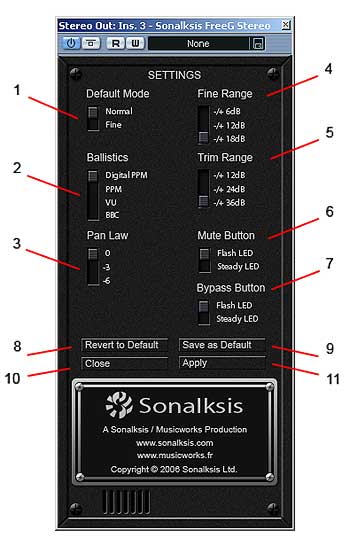
The preferences can be accessed by clicking the company Logo image on the top left of the plugin panel, and introduced various settings the user may wish to adopt.
1 �C Default Mode: Sets the default mode of the plug-in when instantiated.
Normal
Fader range set between -�� and +18 dB
Fine
Fader range specified in Fine Range settings. New plug-in instances start with Fine mode enabled, using the linear fader law.
2 �C Ballistics: Sets the Meter LCD curve ballistics.
DigitalPPM
99% Attack in 1ms, 90% Decay in 300ms
PPM
Nordic PPM, 80% Attack in 5ms, 20dB (90%) Decay in 1.5s
VU
90% Attack in 300ms, 10% Decay in 300ms
BBC
BBC/EBU PPM 80% Attack in 10ms, 24dB (93.7%) Decay in 2.8s
3 �C Pan law: Sets Pan dial behaviour
At either extremity of the pan dial, the corresponding channel is at full volume. The Pan law option allows you to adjust the level of both channels when the pan is in the centre.
0
-3
-6
4 �C Fine Range: Sets the Fader range for Fine mode.
-/+ 6 dB
-/+ 12 dB
-/+ 18 dB
5 �C Trim Range: Sets the Trim dial range.
-/+ 12 dB
-/+ 24 dB
-/+ 36 dB
|
Very nice plugin; the phase reverse can be a boon for Logic users on older PC versions where no immeadiate phase switch is present on channels, but of course many other uses beyond just quality metering. Nice product for free, should pull a few people in to view their other 'payware' plugin offerings.
Here's the specs from the Sonalksis website:
Applications
When working with digital audio, lack of fine metering and extended signal flow control in the host is a common issue. The intentions with FreeG is to improve the workflow in the host by providing these features in the insert chain.
By providing the possibilites of extended control of amplitude, phase and pan (stereo version) in the insert chain as well as fine metering, with user configurable industry standard parameter options, the range of applications for FreeG is almost only limited to the context of the actual usage and of course, the insert chain.
Features
Download FreeG quick guide here.
Minimum System Requirements
PC:
� Windows 2000/XP
� Pentium III 600 mhz
� 64 MB RAM
� XVGA [High Colour 1024x768]
Mac:
� Mac OS X (10.3.9 minimum)
� G4 400 MHz / Intel Core
� 64 MB RAM
� XVGA [High Colour 1024x768]



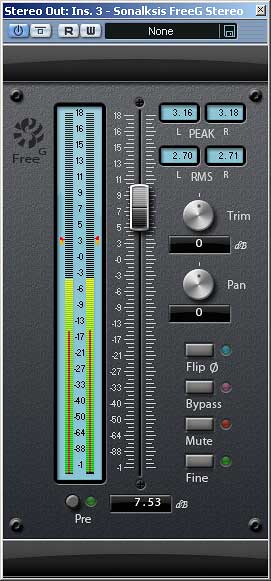


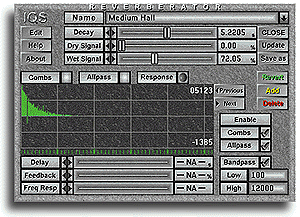
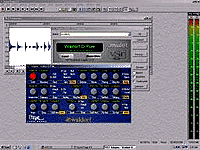
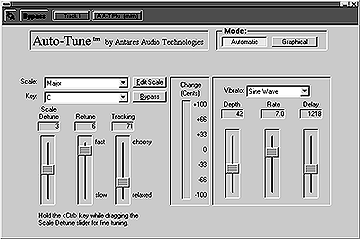
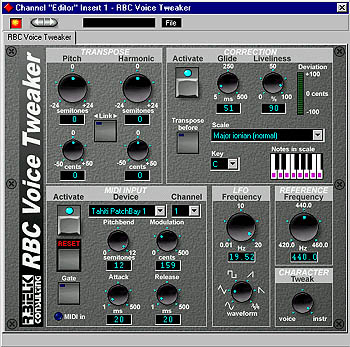
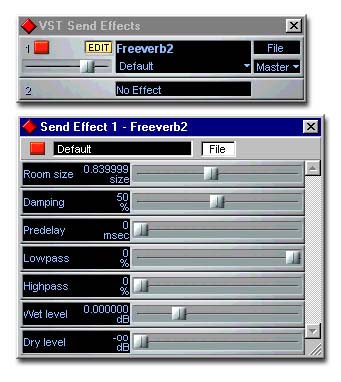


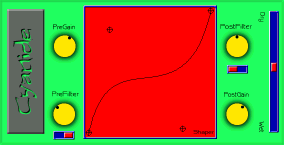
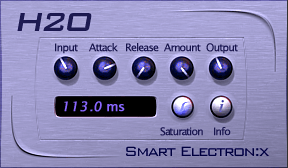
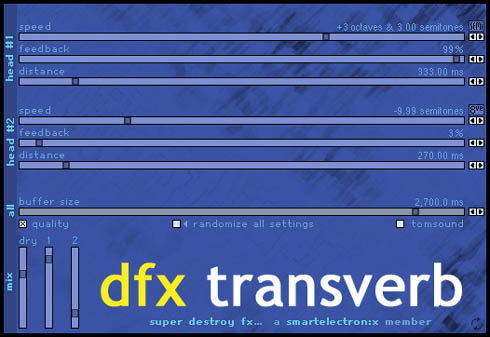
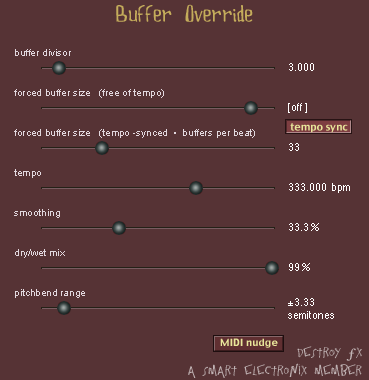
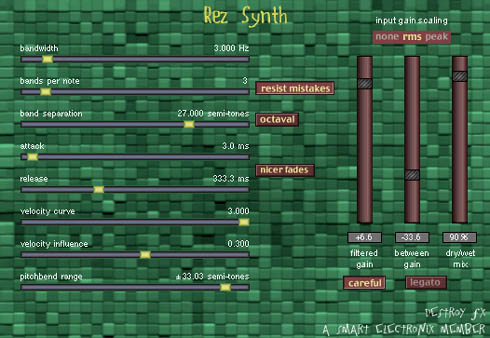


Read 5 comments
Add review/comment